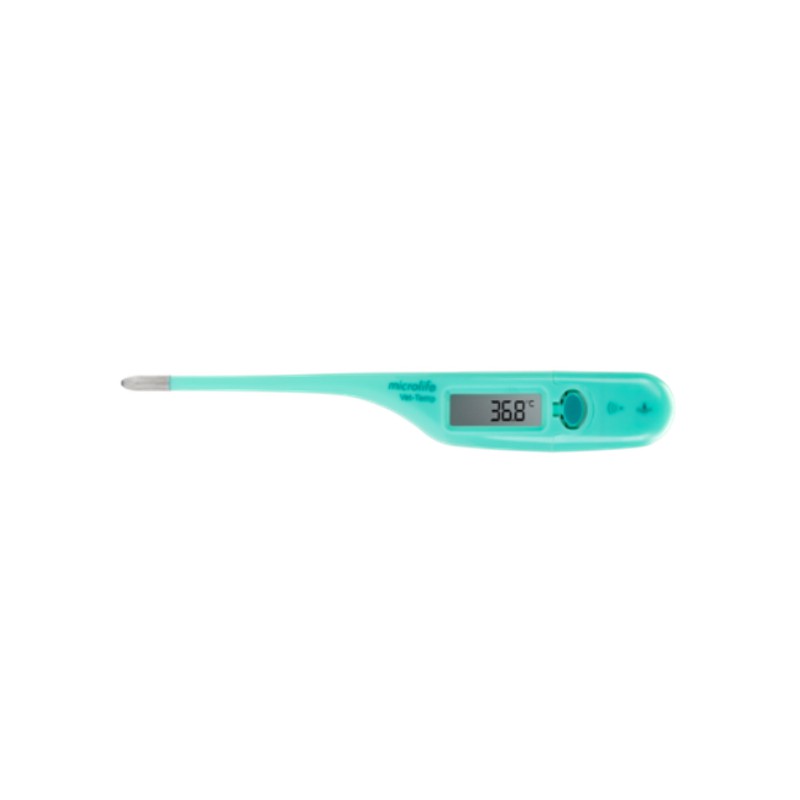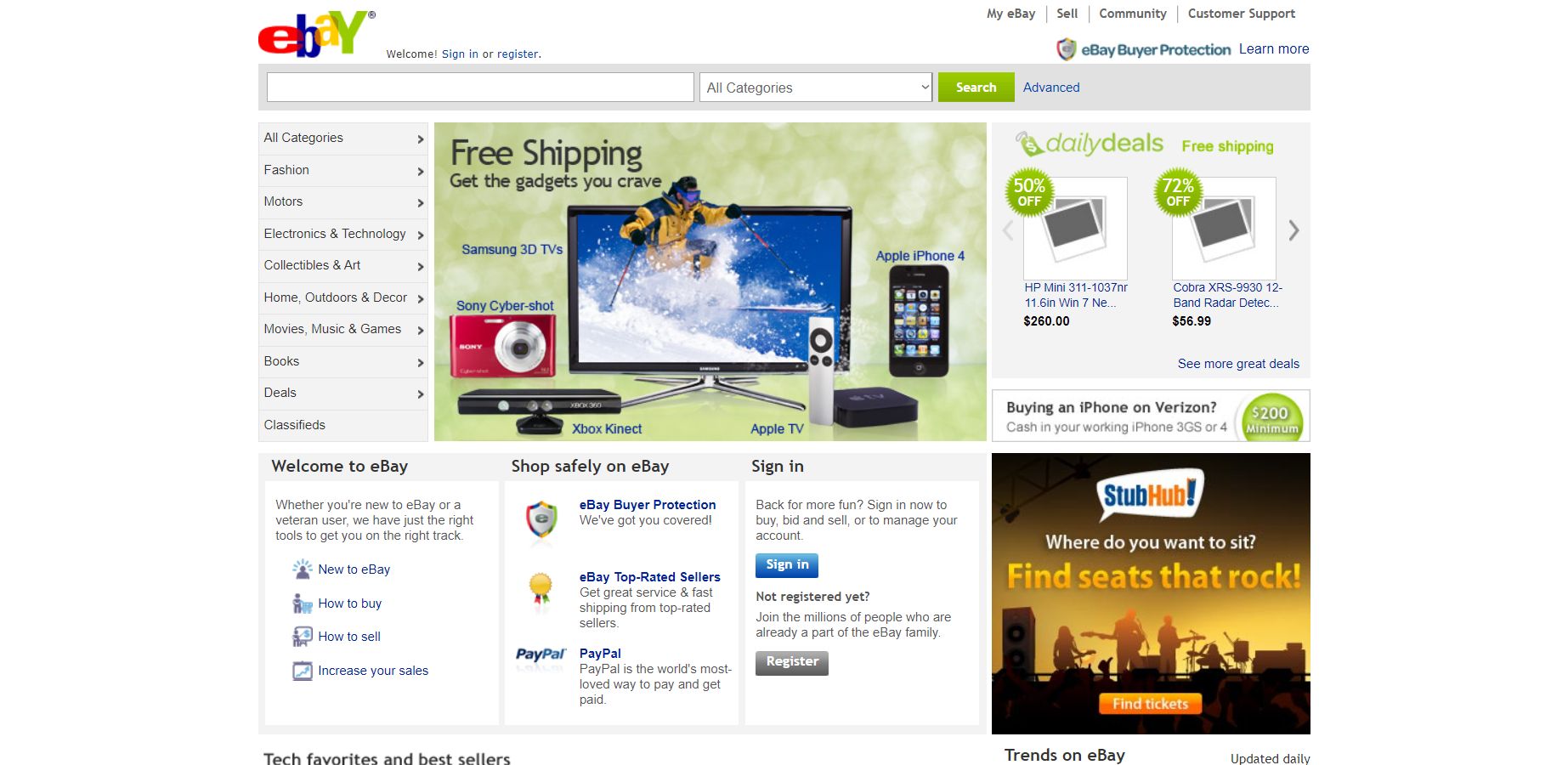Microlife Oxy 300: Top-notch Specifications, Comprehensive Comparisons, And Trusted Buying Sources
Microlife OXY 300 Information
The Microlife OXY 300 is a portable pulse oximeter that measures your blood oxygen saturation (SpO2) and pulse rate. It is a small, lightweight device that can be easily carried with you.
Here are the full specifications of the Microlife OXY 300:
| Specification | Value |
|---|---|
| SpO2 measurement range | 70% to 100% |
| Pulse rate measurement range | 30 to 250 beats per minute |
| Accuracy | SpO2: ±2%, Pulse rate: ±2bpm |
| Battery life | Up to 30 hours |
| Dimensions | 90 x 58 x 30mm |
| Weight | 45g |
Here are some of the features of the Microlife OXY 300:
- Measures SpO2 and pulse rate
- Small and lightweight
- Easy to use
- Accurate measurements
- Long battery life
- 6 display modes: SpO2, pulse rate, pulse waveform, perfusion index (PI), bar graph, and plethysmograph
- Low battery indicator
- Alarm function for low SpO2 and high pulse rate
- Soft, comfortable fingertip probe
- Portable and travel-friendly
Here's what's in the box:
- Microlife OXY 300 pulse oximeter
- Lanyard
- Instruction manual
The Microlife OXY 300 is a great choice for anyone who wants to monitor their blood oxygen saturation and pulse rate at home or on the go. It is a small, lightweight, and easy-to-use device that provides accurate measurements. The OXY 300 also has a number of features that make it a good choice for people with medical conditions, such as a low SpO2 or a high pulse rate.
Microlife OXY 300 Compare with Similar Item
a table comparing the Microlife OXY 300 with two similar items: the Omron NE-C300 and the Withings Pulse Oximeter.
| Feature | Microlife OXY 300 | Omron NE-C300 | Withings Pulse Oximeter |
|---|---|---|---|
| Price | $59.99 | $49.99 | $69.95 |
| Accuracy | +/- 2% | +/- 2% | +/- 2% |
| Display | OLED | LCD | OLED |
| Memory | 120 readings | 100 readings | 80 readings |
| Battery life | 300 hours | 240 hours | 300 hours |
| Dimensions | 2.4 x 1.7 x 1.0 inches | 2.4 x 1.7 x 0.9 inches | 2.2 x 1.7 x 0.8 inches |
| Weight | 2.0 ounces | 1.9 ounces | 1.6 ounces |
As you can see, the Microlife OXY 300, Omron NE-C300, and Withings Pulse Oximeter are all very similar products. They all have a high accuracy, a long battery life, and a small, lightweight design. The main difference between the three products is the price. The Microlife OXY 300 is the most expensive, followed by the Omron NE-C300 and the Withings Pulse Oximeter.
If you are looking for the most accurate and reliable oximeter, the Microlife OXY 300 is a good choice. However, if you are on a budget, the Omron NE-C300 or the Withings Pulse Oximeter are both good options.
Here are some additional details about each product:
- Microlife OXY 300: This oximeter has a large OLED display that makes it easy to read the readings. It also has a memory function that can store up to 120 readings.
- Omron NE-C300: This oximeter is slightly smaller and lighter than the Microlife OXY 300. It has a LCD display and a memory function that can store up to 100 readings.
- Withings Pulse Oximeter: This oximeter has a sleek, modern design. It has an OLED display and a memory function that can store up to 80 readings. It also has Bluetooth connectivity, so you can sync your readings to your smartphone or tablet.
Ultimately, the best oximeter for you will depend on your individual needs and budget. If you are looking for the most accurate and reliable oximeter, the Microlife OXY 300 is a good choice. However, if you are on a budget, the Omron NE-C300 or the Withings Pulse Oximeter are both good options.
Microlife OXY 300 Pros/Cons and My Thought
The Microlife OXY 300 is a fingertip pulse oximeter that is designed to measure your blood oxygen saturation (SpO2) and pulse rate. It is a small, lightweight device that is easy to use and can be taken with you on the go.
Pros:
- Easy to use. The Microlife OXY 300 has a single button operation and a clear display. It is quick and easy to get an accurate reading.
- Portable. The Microlife OXY 300 is small and lightweight, making it easy to take with you on the go. It also comes with a carrying case.
- Accurate. The Microlife OXY 300 has been clinically tested and is CE certified. It is accurate and reliable.
- Multiple modes. The Microlife OXY 300 has 6 different modes, including SpO2, pulse rate, and pulse waveform. This allows you to track your blood oxygen levels in a variety of ways.
- Auto shutoff. The Microlife OXY 300 automatically shuts off after 8 seconds of inactivity, which helps to conserve battery life.
Cons:
- No alarms. The Microlife OXY 300 does not have any alarms to alert you if your blood oxygen levels or pulse rate are outside of normal range.
- Battery life. The Microlife OXY 300 uses 2 AAA batteries, which can last for up to 30 hours of continuous use. However, the batteries are not included, so you will need to purchase them separately.
- Not FDA approved. The Microlife OXY 300 is not FDA approved, but it is CE certified. This means that it has been tested and meets the standards set by the European Union.
User reviews:
- Positive reviews: Many users of the Microlife OXY 300 have given it positive reviews. They praise the device for its ease of use, portability, and accuracy.
- Negative reviews: Some users have reported that the Microlife OXY 300 is not as accurate as other pulse oximeters. Others have said that the device is too sensitive and can give inaccurate readings if your fingers are cold or if you are moving around too much.
My thoughts:
Overall, the Microlife OXY 300 is a good quality pulse oximeter that is easy to use and portable. It is accurate and reliable, but it does not have any alarms to alert you if your blood oxygen levels or pulse rate are outside of normal range. If you are looking for a pulse oximeter that is simple to use and can be taken with you on the go, then the Microlife OXY 300 is a good option. However, if you are looking for a pulse oximeter with alarms, then you may want to consider a different model.
Here are some additional thoughts:
- The Microlife OXY 300 is a good choice for people who want to track their blood oxygen levels at home. It is also a good choice for people who travel frequently and want to be able to monitor their blood oxygen levels on the go.
- The Microlife OXY 300 is not a medical device and should not be used to diagnose or treat any medical conditions. If you have any concerns about your blood oxygen levels, you should consult with a doctor.
Microlife OXY 300 Where To Buy
some places where you can buy the Microlife OXY 300 and spare parts:
- MicrolifeDirect: This is the official website of Microlife, the manufacturer of the OXY 300. You can buy the oximeter and spare parts directly from them.

- Walmart: Walmart is a large retailer that sells a variety of products, including the Microlife OXY 300. You can usually find it in their health and wellness section.
- Amazon: Amazon is another large retailer that sells the Microlife OXY 300. You may be able to find it at a lower price than at Walmart.

- Best Buy: Best Buy is an electronics retailer that also sells the Microlife OXY 300. You can usually find it in their health and wellness section.

- Lowes: Lowes is a home improvement retailer that also sells the Microlife OXY 300. You can usually find it in their health and wellness section.

- eBay: eBay is an online marketplace where you can buy and sell a variety of items, including the Microlife OXY 300. You may be able to find it at a lower price than at other retailers.

I hope this helps!
Microlife OXY 300 Problems and Solutions
Sure. Here are some common issues and problems with the Microlife OXY 300 pulse oximeter, along with their solutions, as provided by experts:
- The pulse oximeter is not turning on.
- Make sure that the batteries are inserted correctly.
- If the batteries are new, try replacing them with a fresh set.
- If the pulse oximeter still does not turn on, contact Microlife customer support.
- The pulse oximeter is not reading my SpO2 or pulse rate.
- Make sure that your fingers are clean and dry.
- Place your fingers in the sensor correctly. The sensor should fit snugly around your finger, but not too tightly.
- If you are still having trouble getting a reading, try moving to a different location. The pulse oximeter may not work well in noisy or brightly lit environments.
- If you are still having trouble, contact Microlife customer support.
- The pulse oximeter is showing an error message.
- Check the error message and follow the instructions provided.
- If you are still having trouble, contact Microlife customer support.
Here are some additional tips for using the Microlife OXY 300 pulse oximeter:
- Clean the sensor with a mild soap and water solution after each use.
- Store the pulse oximeter in a cool, dry place.
- Do not expose the pulse oximeter to moisture or extreme temperatures.
- Do not use the pulse oximeter if it is damaged.
If you have any further questions or concerns about using the Microlife OXY 300 pulse oximeter, please contact Microlife customer support.
Microlife OXY 300 Manual
Safety Information
- Read all instructions carefully before using the Microlife OXY 300 fingertip pulse oximeter.
- Do not use the device if it is damaged or malfunctioning.
- Keep the device out of the reach of children.
- Do not use the device near water or other liquids.
- Do not use the device if you are pregnant or breastfeeding.
- Do not use the device if you have any medical conditions that could be affected by the use of a pulse oximeter.
- Consult your doctor before using the device if you have any questions or concerns.
Before Use
- Make sure that the batteries are installed correctly.
- Wash your hands thoroughly with soap and water before using the device.
- Dry your hands completely before using the device.
- Warm up your hands for a few minutes before using the device.
- Apply a thin layer of lubricant to your fingertips, if desired.
- Place the sensor probe on your fingertip.
- Make sure that the sensor probe is snug but not too tight.
- Press the power button to turn on the device.
- The device will start measuring your SpO2 and pulse rate.
- The results will be displayed on the screen.
Troubleshooting
- If the device does not turn on, make sure that the batteries are installed correctly.
- If the device is not displaying your SpO2 and pulse rate, make sure that the sensor probe is properly placed on your fingertip.
- If the device is displaying inaccurate results, make sure that you are using the device in a well-lit area.
- If you are still having problems with the device, contact Microlife customer service for assistance.
Maintenance
- Clean the sensor probe with a soft, damp cloth.
- Do not use harsh chemicals or abrasive cleaners to clean the sensor probe.
- Allow the sensor probe to air dry completely before storing it.
- Store the device in a cool, dry place.
Warranty
The Microlife OXY 300 fingertip pulse oximeter is warranted to be free from defects in materials and workmanship for a period of two years from the date of purchase. If the device malfunctions during the warranty period, it will be repaired or replaced free of charge.
Contact Information
Microlife Customer Service Phone: 1-800-568-4147 Email: [email protected] Website: www.microlife.com
Additional Information
- The Microlife OXY 300 fingertip pulse oximeter is a medical device that is intended for the spot-checking of SpO2 and pulse rate.
- The device is not intended to be used for the diagnosis or treatment of any medical condition.
- If you have any questions or concerns about your SpO2 or pulse rate, please consult your doctor.



Comments
Post a Comment